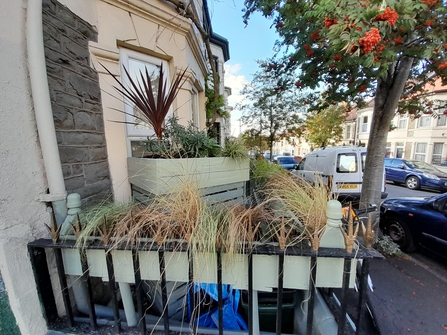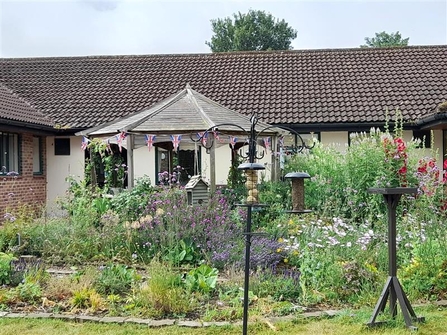Climate change is right here, right now. There are myths that the earth’s climate has always changed historically – which is true, but not at his rate. The effects of climate change isn’t just being felt in Greenland or the Amazon rainforest, but here in Avon it’s effecting residents, commuters, businesses, hospitals, farmers and families – everyone.
We’re experiencing changes in our weather patterns and our seasons with hotter, drier summers and warmer, wetter winters. This in turn creates more extreme weather events, such as heatwaves, droughts, flooding and storms.
Coping with heatwaves
Paved over gardens and fake grass reduces water absorption and contributes to increased urban heating, known as the urban heat island (UHI) effect. This is especially felt during heatwaves.
There are many ways to take action for nature in your front garden. By joining forces with your neighbours, even more can be achieved. Greener streets are more attractive, raise community spirit, improve the air quality, reduce flooding risk, help manage/cool the temperature and increase property value.
Grenville in St George shared how he added native wildflowers and habitat to his street in BS5:
- Green Bin covers
- Hanging baskets
- Planting Rowan trees to provide berries for birds
- Window boxes, tubs and containers
- Adding climbing plants to walls
He also set up the Kensington Road Residents Association



